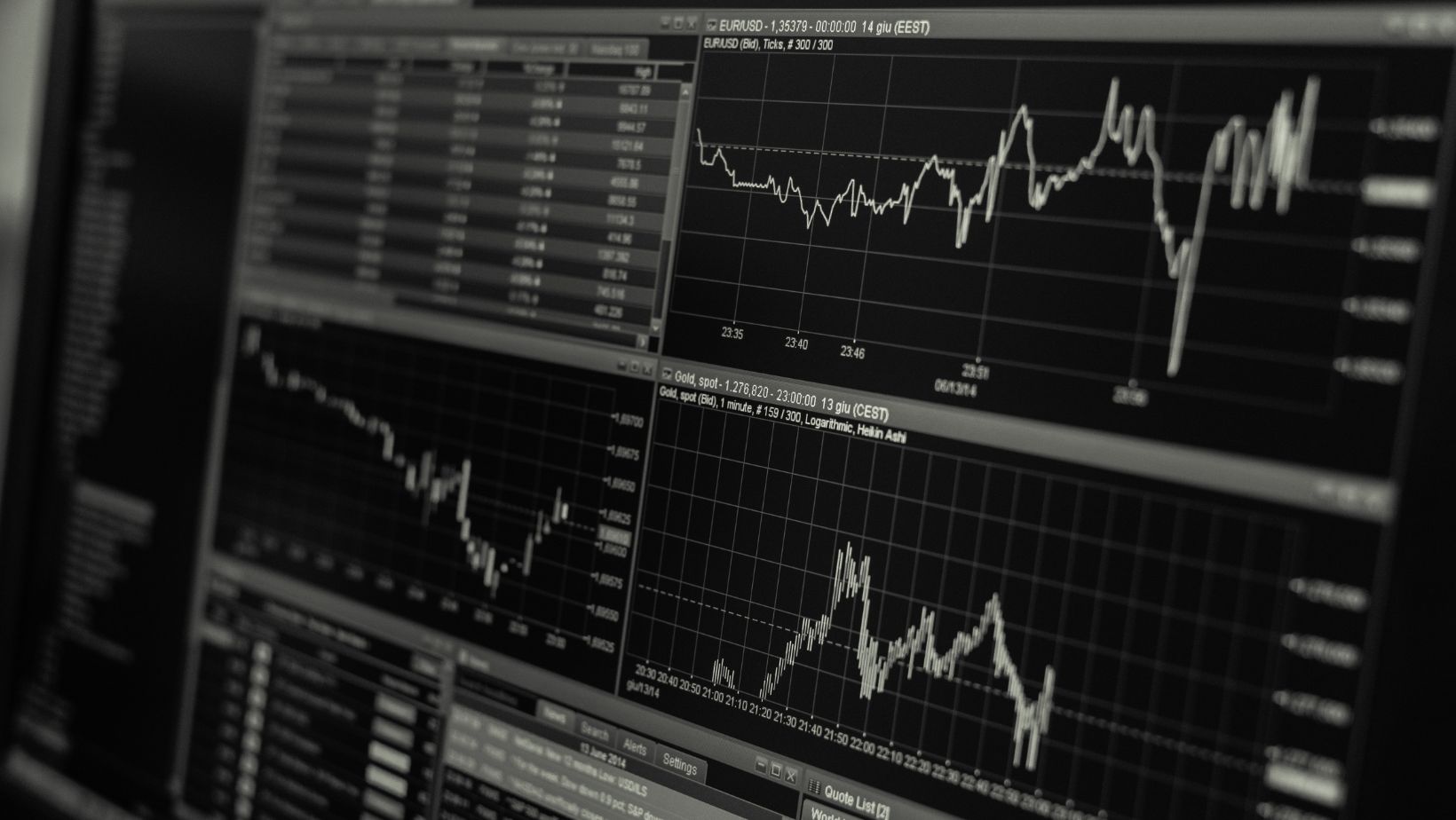
Diversifying Your Investment Porfolio in How To Invest In Nickel
Diversifying your investment portfolio is a key strategy to mitigate risk and maximize returns. While there are numerous options available, one often overlooked but potentially lucrative investment opportunity is nickel. As a versatile metal used in various industries, including manufacturing, construction, and batteries, the demand for nickel continues to rise. In this article, I’ll guide you through the process of investing in nickel and explain how it can diversify your overall investment portfolio.
Nickel has gained attention as an attractive investment due to its potential for long-term growth. With increasing demand from emerging markets and the transition towards cleaner energy sources, the future prospects for nickel look promising. By adding nickel investments to your portfolio, you can tap into this growing market and potentially reap significant rewards.
Investing in nickel can provide a hedge against inflation and economic uncertainties that impact other traditional investments, such as stocks or bonds. As an industrial metal with limited supply, any disruption in production or increased demand can lead to price appreciation. This makes nickel an appealing option for investors looking to diversify their holdings and reduce exposure to more volatile assets.
How To Invest In Nickel
Why Nickel Investments Are Worth Considering
When it comes to diversifying your investment portfolio, considering nickel investments can be a smart move. Nickel is a versatile metal that plays a crucial role in various industries, including stainless steel production, electric vehicle batteries, and renewable energy technologies.
Investing in nickel offers several advantages. Firstly, the increasing demand for stainless steel products globally ensures a stable market for nickel. As urbanization and industrialization continue to drive infrastructure development worldwide, the need for stainless steel in the construction and manufacturing sectors remains high.
Secondly, the growing popularity of electric vehicles (EVs) has created a surge in demand for nickel-rich batteries, with governments pushing for greener transportation solutions and consumers embracing EVs, investing in nickel positions you strategically within this booming industry.
The Growth Potential of the Nickel Market
The future looks promising for investors eyeing the nickel market. According to industry experts, global consumption of primary nickel is projected to increase significantly over the coming years. This growth is driven by emerging economies’ rapid industrialization and their focus on infrastructure development.
Moreover, advancements in technology are expected to drive further innovation in battery storage systems used by EVs and renewable energy projects – both heavily reliant on nickel supply. As these sectors expand and evolve at an unprecedented pace, there’s immense potential for substantial returns on investment.

Analyzing the Nickel Market Trends
Analyzing Current Nickel Prices
When it comes to diversifying your investment portfolio, understanding the current trends in the nickel market is crucial. One of the key factors to consider is analyzing the current nickel prices. By keeping a close eye on price movements and fluctuations, investors can make informed decisions about when to enter or exit the market.
Nickel prices are influenced by various factors, such as supply and demand dynamics, economic conditions, geopolitical events, and industry developments. Tracking these factors can provide valuable insights into future price movements. For example, if there is an increase in global demand for electric vehicles (EVs), which use nickel in their batteries, it could lead to a surge in nickel prices.
Global Demand for Nickel
Understanding global demand for nickel is another important aspect of analyzing market trends. As mentioned earlier, one significant driver of demand is the growing adoption of EVs. The shift towards cleaner energy sources has fueled increased production of EVs worldwide, resulting in higher demand for battery metals like nickel.
Moreover, other industries, such as stainless steel manufacturing, also contribute significantly to global nickel consumption. Stainless steel is widely used in construction, automotive manufacturing, and household appliances – all sectors that rely heavily on this durable material.





